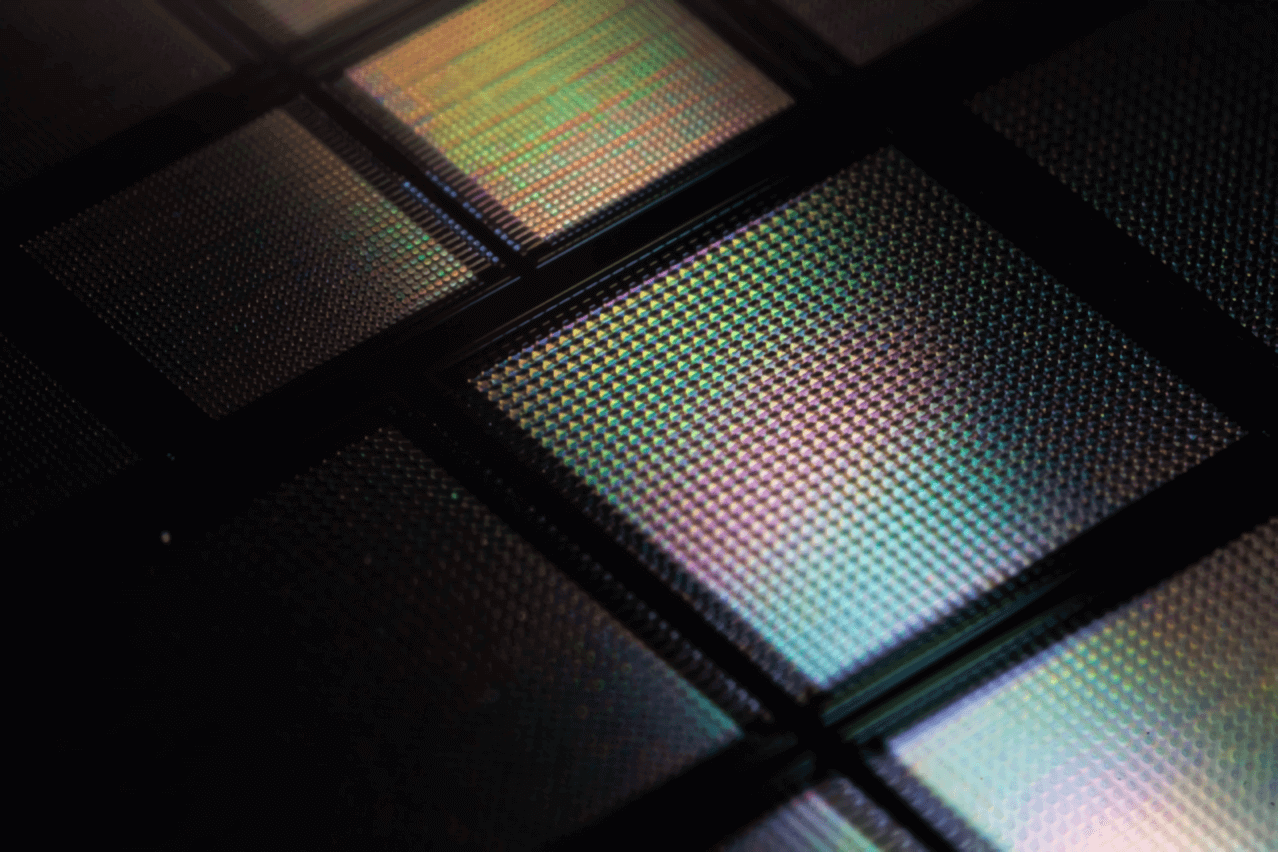What just happened? Researchers at MIT have developed a new type of memristor that is more reliable than existing designs by borrowing principles from metallurgy, the branch of science involving the physical and chemical behavior of metallic elements.
As MIT News explains, existing memristor designs involve a positive and negative electrode separated by a "switching medium" between them. When voltage is applied to one of the electrodes, ions flow through the medium via a conduction channel to the other electrode.
This works relatively well with a large conduction channel, said Jeehwan Kim, associate professor of mechanical engineering at MIT, but when thin conduction channels are used, ions tend to disband within the medium.
To circumvent this limitation, Kim and his colleagues turned to metallurgy. Most memristor designs utilize silver for the positive electrode so the team researched what element they could combine with silver to help told ions together while still allowing them to freely flow to the other electrode. As it turns out, copper was the leading candidate as it can bind with both silver and silicon.
"It acts as a sort of bridge, and stabilizes the silver-silicon interface," Kim noted.

Putting it into practice, they created a negative electrode from silicon then made a positive electrode using a small amount of copper and added a layer of silver. Repeating the process, the team made a millimeter-square silicon chip containing tens of thousands of memristors and put it through the paces.
In testing, MIT's design outperformed existing memristor designs time and again.
Kim said they aim to develop the technology further so that "someday, you might be able to carry around artificial brains to do these kinds of tasks, without connecting to supercomputers, the internet, or the cloud."
